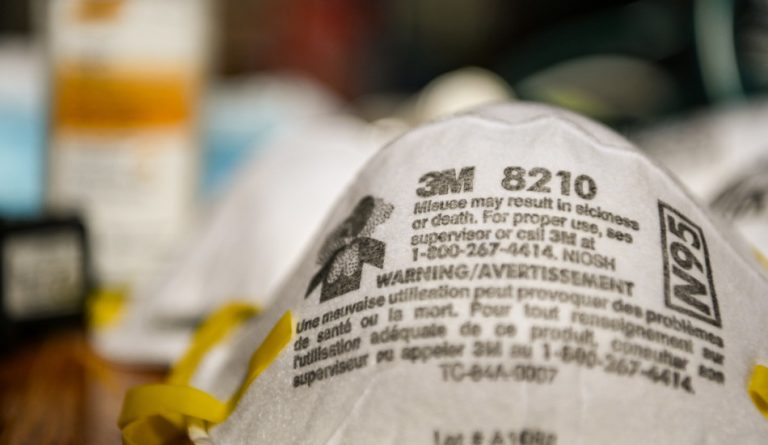The COVID-19 pandemic continues to plague the world and it seems as if there won’t be a respite until next year when a vaccine will hopefully be available. Until then, all that people can do is strictly adhere to safety precautions, including wearing face masks when going out.
5 types of coronavirus face masks you will come across
1. N95 respirator
This type of mask offers a high level of protection against the coronavirus and other respiratory illnesses. “N95 masks are the most protective because they seal tightly around the nose and mouth so that very few viral particles seep in or out. They also contain tangled fibers to filter airborne pathogens — the name refers to their minimum 95 percent efficiency at filtering aerosols,” according to Science Alert.
Other types of masks are mostly focused on preventing your respiratory droplets from spraying into the environment. While this is the best protective face mask on the list, the problem is that N95 masks tend to be in short supply. Since these masks are mostly used in healthcare settings, it is not actually recommended for people to buy them as the resulting shortage could cause an N95 supply crisis among healthcare workers.

2. Disposable surgical face masks
These masks are very thin, almost like paper, and usually come in blue or white. They are capable of filtering out almost 60 percent of small particles and 98.5 percent of large particles floating in the air. Surgical face masks are approved by the FDA. On the downside, these can only be used for a single day.
3. Cloth face masks
Cloth masks can either be bought from stores or made at home. According to the WHO, such masks should have three layers in order to be truly effective against COVID-19 — an outer layer made of materials like polyester that tend to be nonabsorbent, a middle layer that can filter particles, and an inner layer that is capable of absorption. Store-bought cloth masks can offer protection of around 50 percent, with high-quality mask protection going up to 80 percent to 95 percent. The quality of masks can vary if they are made at home. Ideally, you should use tightly woven cotton fabric for homemade masks. Cotton masks can reduce droplet spray from 8 feet to just 2 ½ inches.

4. Cone-style face masks
Cone face masks are molded masks that can be tightly secured over the mouth and nose. They roughly give a performance similar to cloth masks. However, you should ensure that there are no gaps between the mask and your face. The contact region should be completely sealed. One study found that cone-style masks and homemade masks with multiple layers of fabric worked best to limit the range and speed of respiratory jets.
5. Bandana face masks
Many people carry a bandana that they tie around the mouth to act as a face mask. However, bandanas do not give the necessary protection against COVID-19. Their ability to filter large droplets is at a pitiable 44 percent. As such, you should use bandanas as a coronavirus face mask only as a last resort.







